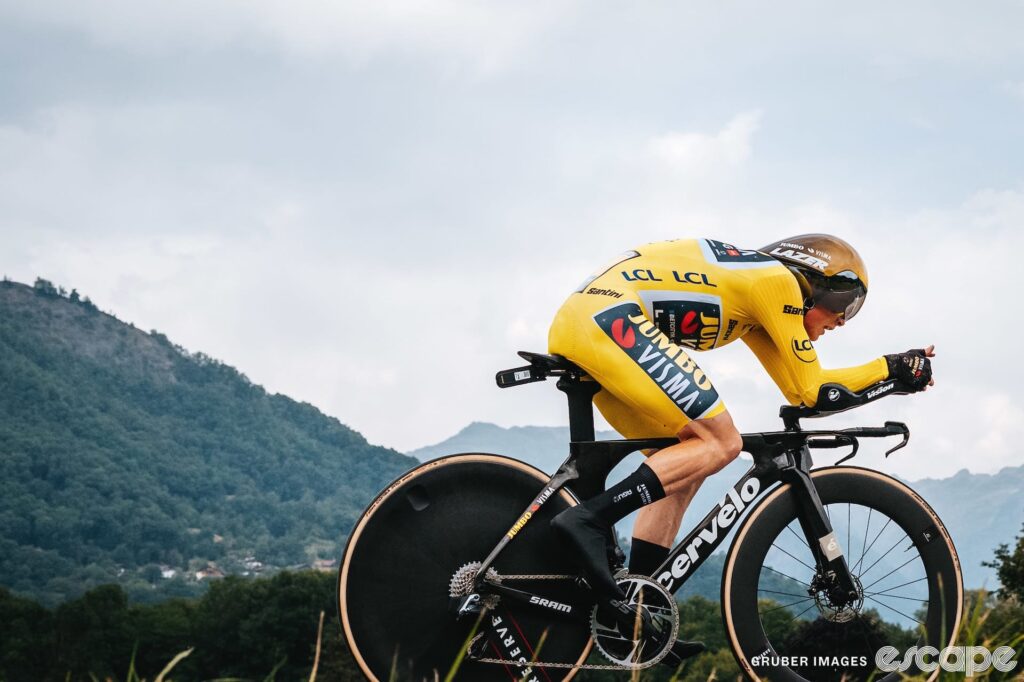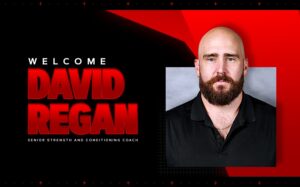
The Tour de France has long been a showcase of athletic prowess and strategic brilliance, but the mountain time trial of Stage 13 this year brings a new layer of complexity. While the race has traditionally been a test of watts and willpower, the modern era demands a meticulous approach to equipment and strategy. This year’s trial, set against the backdrop of the French Alps, is a testament to how technology and precision can influence outcomes in the world’s most prestigious cycling event.
At first glance, a mountain time trial might seem to favor raw strength over technological finesse. As the road climbs and speeds decrease, one might expect gravity to outweigh aerodynamic considerations. However, the reality is far more nuanced. The speeds at which the general classification (GC) contenders climb necessitate an ongoing focus on aerodynamics, even on steep inclines.
The Intricacies of Equipment Choices
Stage 13 is not just another mountain time trial. It represents one of the most complex equipment challenges that performance engineers will face this year. The outcome will be determined by a web of equipment choices, aerodynamic trade-offs, weight penalties, and terrain-specific strategies. It’s not merely about pacing or physiology; it’s about who gets the details right.
From the choice of skinsuit and socks to the decision between a lightweight road bike with aero tweaks or a heavier full time trial (TT) setup, every decision contributes to a delicate balance. Riders must optimize for aerodynamic efficiency on the flat opening 3 km and prepare for the grueling reality of gravity on the 8% climb that follows. These details are crucial in maximizing a rider’s potential.
The Contenders and Their Strategies
While the race against the clock remains, Stage 13 is markedly different from the relatively flat Stage 5 time trial. The type of rider it suits and the equipment that will prove most optimal are distinct. The rider question is straightforward: this is likely a race between Jonas Vingegaard and Tadej Pogačar, two of the sport’s most formidable competitors. The equipment question, however, is where things become intricate.
In the quest for marginal gains, the choice of a TT bike is fastest, but only for a select few riders. The decision to use a front disc wheel, while optimal in theory, is unlikely to be seen due to the complex demands of the course. These choices highlight the ongoing tension between theoretical optimization and practical application in high-stakes racing.
Expert Opinions and Historical Context
According to cycling analyst Dr. Emily Carter, “The evolution of time trials in the Tour de France reflects broader trends in the sport. As technology advances, so too does the sophistication of race strategies. Today’s riders must be as adept at understanding their equipment as they are at reading the road.”
Historically, the Tour de France has been a proving ground for innovation. The introduction of aerodynamic helmets, carbon fiber frames, and electronic shifting systems all found their footing in the crucible of competition. This year’s mountain time trial continues that tradition, pushing the boundaries of what is possible in cycling technology.
Implications for the Future
The implications of this year’s mountain time trial extend beyond the immediate results. As teams and riders analyze the outcomes, the lessons learned will inform future strategies and equipment choices. The ongoing quest for marginal gains will undoubtedly influence the development of new technologies and training methodologies.
Looking ahead, the balance between raw athleticism and technological sophistication will continue to shape the Tour de France. As the sport evolves, so too will the strategies employed by its top competitors. The mountain time trial of Stage 13 serves as a reminder of the intricate dance between man and machine, a dynamic that defines modern cycling.
As the dust settles on this year’s Tour, the focus will shift to the next generation of innovations and the riders who will strive to master them. The race may be against the clock, but the true challenge lies in the relentless pursuit of perfection.







